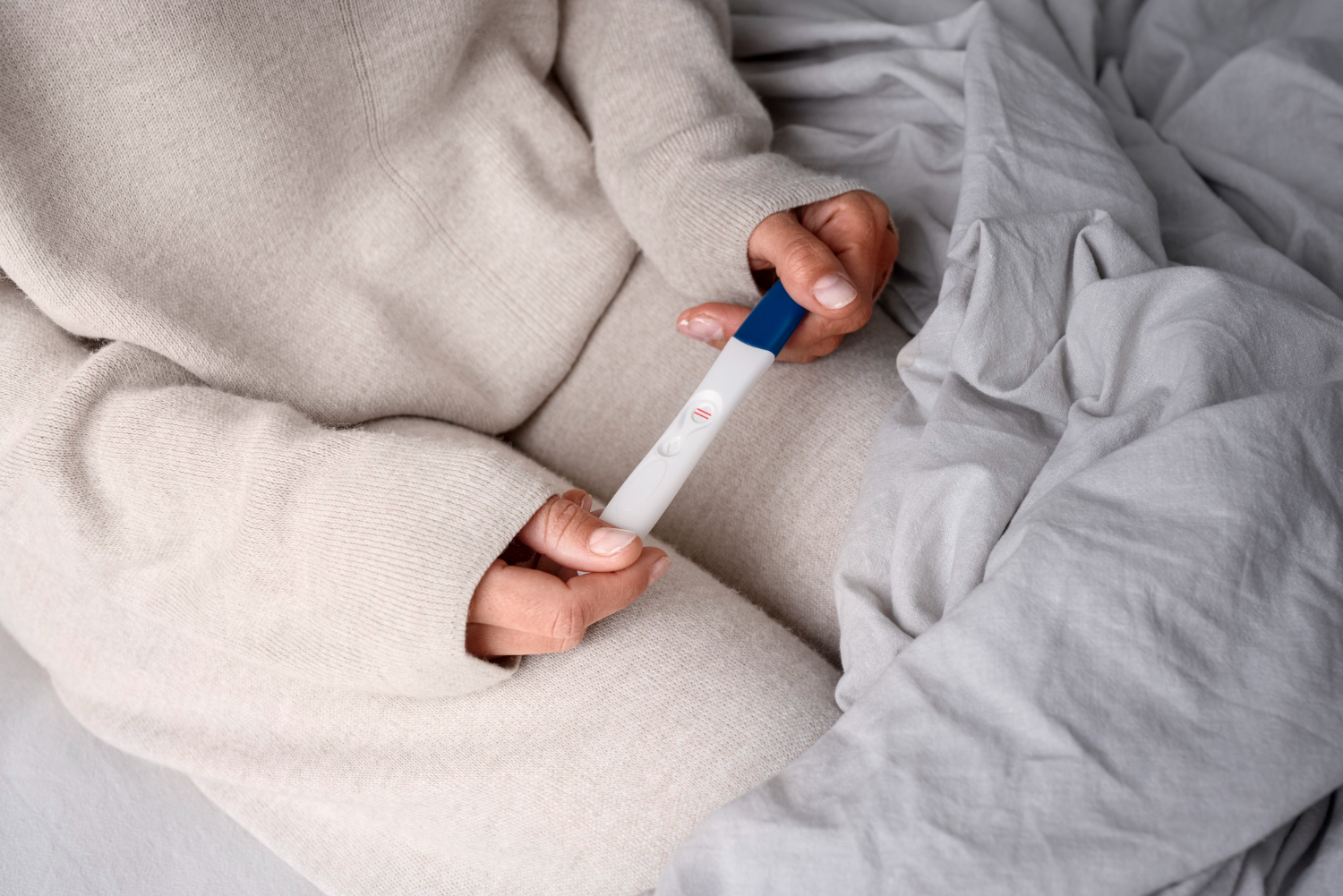
Recent research from the University of California, San Francisco (UCSF), challenges the perception that tubal sterilization is a foolproof method of permanent contraception. The study, published in *NEJM Evidence* on August 27, reveals that between 3% to 5% of women who undergo tubal ligation, commonly known as “getting their tubes tied,” experience unplanned pregnancies. This research is crucial as it suggests that other contraceptive methods, such as contraceptive implants and intrauterine devices (IUDs), may provide more effective long-term pregnancy prevention.
Overview of Tubal Sterilization
What is Tubal Sterilization?
Tubal sterilization is a surgical procedure in which a woman’s fallopian tubes are blocked, cut, or removed to prevent eggs from traveling to the uterus for fertilization. It is intended as a permanent method of birth control and is often considered by women who no longer wish to have children.
Prevalence and Popularity
In the U.S., tubal sterilization is one of the most common forms of permanent contraception, particularly among women over 30. National data reveals that 21% of women aged 30 to 39 and 39% of women aged 40 and above have undergone the procedure. Women with chronic health conditions and those from lower-income backgrounds are more likely to choose this method.
UCSF Study Findings
Pregnancy Risk After Tubal Sterilization
The UCSF study, led by Dr. Eleanor Bimla Schwarz, chief of the UCSF Division of General Internal Medicine, found that approximately 3% of women who had tubal sterilization between 2013 and 2015 reported pregnancy within a year of the procedure. These findings directly contradict the long-held belief that tubal sterilization has a failure rate of less than 1%. Dr. Schwarz emphasized that tubal surgery cannot be considered the best way to prevent pregnancy and urges women to explore other long-term contraceptive methods.
Study Data and Key Insights
The study drew from four rounds of the National Survey of Family Growth and analyzed data from over 4,000 women who had undergone sterilization between 2002 and 2015. Younger women were found to be at a higher risk of pregnancy after the procedure than older women. However, no significant difference was found in pregnancy rates based on socioeconomic or demographic factors, including whether the procedure was funded by Medicaid or private insurance.
Growing Interest in Permanent Birth Control
Impact of Dobbs v. Jackson Women’s Health Organization
Interest in permanent birth control methods such as tubal sterilization has increased since the U.S. Supreme Court’s 2022 decision in *Dobbs v. Jackson Women’s Health Organization*, which eliminated federal protections for abortion access. With stricter reproductive healthcare laws in place, more women are turning to permanent birth control methods to secure their reproductive future.
Increased Demand for Sterilization
According to Dr. Schwarz, many women are now concerned about the impact of an unintended pregnancy on their health and family life. For those with pre-existing medical conditions like diabetes and high blood pressure, pregnancy can pose additional health risks, prompting them to seek out permanent contraceptive options.
Alternatives to Tubal Sterilization
Long-Acting Reversible Contraceptives (LARCs)
Given the findings of the UCSF study, healthcare providers are encouraged to counsel patients on the effectiveness of other long-term contraception options. Long-acting reversible contraceptives (LARCs), such as contraceptive arm implants and intrauterine devices (IUDs), are known for being highly effective in preventing pregnancy. These devices can last for several years, are reversible, and have a significantly lower failure rate than tubal sterilization.
Counseling for Effective Contraception
Patient education and counseling are critical to ensure women are fully informed about the risks and benefits of different contraceptive methods. Understanding that tubal sterilization is not foolproof can help women make more informed decisions. Healthcare providers should actively discuss the real-world effectiveness of various contraceptive options and tailor recommendations to individual needs and preferences.
Rethinking Permanent Contraception
Importance of Patient Education
The findings of the UCSF study underscore the importance of better education surrounding tubal sterilization. Women considering this procedure need to be aware of the associated pregnancy risks and alternative contraceptive methods. Clinicians should take the time to provide thorough counseling and explore other long-term contraceptive options with patients.
Real-World Contraceptive Failure Rates
As the UCSF study reveals, tubal sterilization may not offer the level of pregnancy prevention that was once believed. These insights call for further research and investigation into real-world contraceptive failure rates to provide more accurate information to women seeking permanent solutions for birth control.
FAQs
Q1: What is tubal sterilization?
A: Tubal sterilization is a surgical procedure designed to permanently prevent pregnancy by blocking, cutting, or removing the fallopian tubes.
Q2: How effective is tubal sterilization in preventing pregnancy?
A: While traditionally believed to have a failure rate of less than 1%, recent research suggests that 3% to 5% of women may become pregnant after tubal sterilization.
Q3: What are alternatives to tubal sterilization for long-term contraception?
A: Alternatives include long-acting reversible contraceptives (LARCs), such as contraceptive implants and intrauterine devices (IUDs), which are more effective at preventing pregnancy.
Q4: Why is interest in tubal sterilization increasing?
A: The rise in interest can be attributed to increasing restrictions on reproductive healthcare following the 2022 Supreme Court decision in Dobbs v. Jackson Women’s Health Organization.
Q5: What are the risks of pregnancy after tubal sterilization?
A: Younger women and those who undergo the procedure may face a higher risk of pregnancy than previously believed, making it essential to consider other contraceptive options.
Conclusion
The findings of the UCSF study highlight a critical need for more informed contraceptive choices. Tubal sterilization, once considered nearly infallible, now shows a higher-than-expected risk of pregnancy. As a result, women seeking reliable, long-term birth control should explore alternative methods such as LARCs, which offer superior protection against unintended pregnancy. Patient education and better counseling are crucial to helping women navigate the changing landscape of reproductive health and make well-informed decisions about their bodies and futures.
Discover the latest Provider news updates with a single click. Follow DistilINFO HospitalIT and stay ahead with updates. Join our community today!




